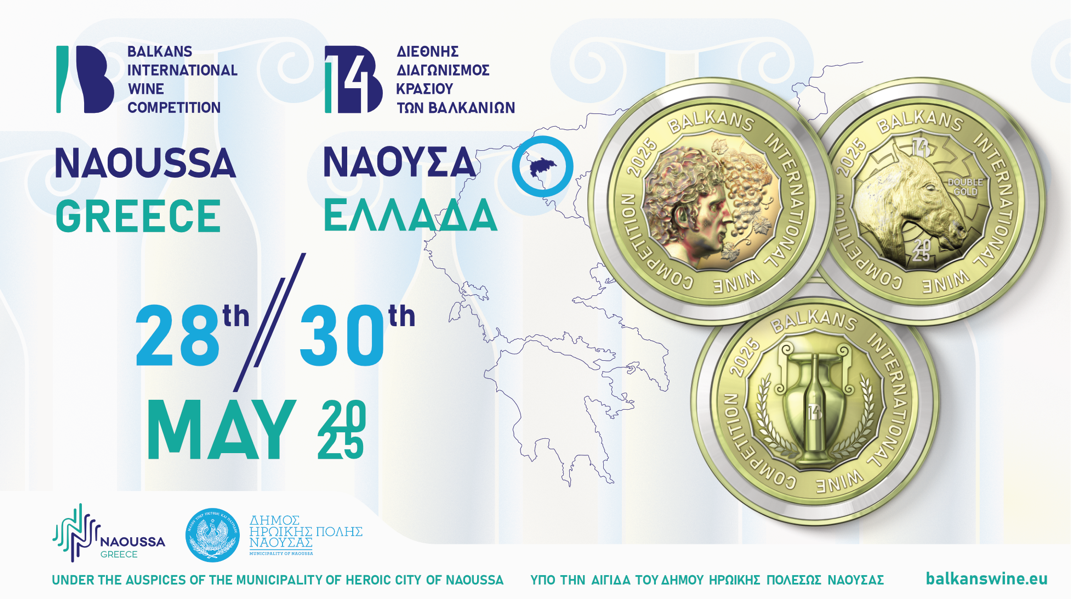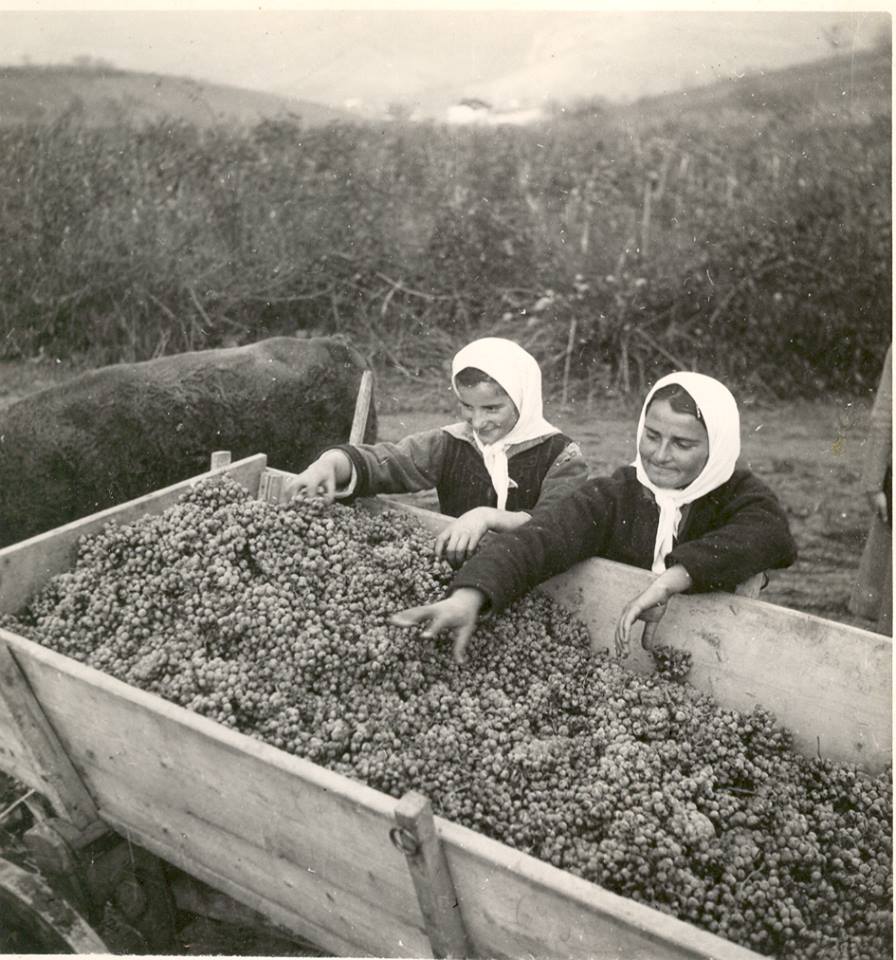Events
Events / 08/04/2019 / 3049
"Pivnica" of Negotin, traditional vinegrowers' cottage, has already become a well-known symbol of East Serbia. However, not many of you know that there is also "poljana", a group of traditional vinegrowers' cottages built for temporary housing during the season of vineyard work and harvest in the region of Župa. It is high time the experts, local authorities in Aleksandrovac and government officials woke up and united their efforts in order to protect this treasure of Serbia from complete disappearance and at the same time offered tourists an authentic experience in Župa.
Geographical position
Župa is located in South Serbia, 230 km from Belgrade. It is surrounded from all sides by mountains of Kopaonik (2017 m), Željin (1785 m), Goč (1123 m) and Jastrebac (1494 m). The whole valley can be divided into Upper and Lower Župa, with vast plots of vineyards situated in Lower Župa. Župa vine-growing area is a part of Three Moravas wine-region, given that all streams flow through the valley into the West Morava river.

Time witnesses
Material evidence indicates that wine seemed an important element of daily life in Župa even in the Roman times. However, the first written records about Župa and its vineyards date from 12th century. Grand Župan Stefan Nemanja, the founder of medieval Serbian state, donated several villages in Župa (Kožetin, Popovac, Raklja, Velika Kruševica) and their wine cellars to Studenica monastery. All these villages were obligated to supply the monastery with wine when needed. All this was stated in the Studenica Charter (dd. 1196).
Stories about the life of monks in this region and their cultivation of vines also indicate the age of Poljana cottages in Župa. Poljana "Kaludjersko Brdo" (The Monks' Hill) was named after the monks of Studenica who owned about 30 hectares of vineyards here and used poljanas as their wine cellars, which they sold later to residents of Župa villages.
There were 24 Poljanas in Župa: Lukarevina, Kaludjersko Brdo, Smonica, Raklja, Kruševica, Ježevica, Pribojevac, Botunjska, Boćka, Pokrep, Crvena Jabuka Donja, Donje Stanjevo, Gornje Stanjevo, Parčinska, Trnavačka, Drenačka , Kumanac, Staračka, Markovina, Malo Borje, Veliko Borje and Jaruška. Small Poljanas contained about thirty cottages, whilst the largest Kruševica contained over 200 cottages/wine cellars.

Location of Poljana
Poljana was constructed in the open space amidst vineyards, typically at the spot where the soil was of lower quality, therefore the plot wasn't planted with vines. The cottages were used to house workers during work in the vineyards and to store tools and wine. Most of the cottages in Poljana are composed of a wine cellar on the lower floor and a sleeping room and a kitchen for preparing food on the upper floor. The construction of houses in the vineyard has also provided considerable efficiency in grape processing and wine production.
It is noticeable that Poljana is located away from the main roads, probably to prevent destruction of objects and looting. Later, during the period of Turkish rule, wine production was restricted or even completely banned, but in rural areas where there were no Turks, this ban was not strictly obeyed.
People used to stay in poljana only during the period of work in the vineyard. The only inhabitants of Poljana throughout the year were wine, rakija and the guardian of the vineyard called "poljak".
Construction of Poljana
Poljana is mostly located on gentle hill slopes, so the wine cellar is in the form of semi-basement. The side of the basement, which is dug into the hill slope, is made of stone. Most often, there are three cellar walls made of stone while the fourth wall is made of wooden logs. The walls are plastered with limestone mortar. In the stone walls, an opening called "usek" or "prorez" was left for the flow of air, which is necessary for better ageing of the wine. The entrance door is on the log wall. For this type of wall, locals use the name “vrveni”. The walls are covered with greasy yellow soil called "kruškovača." The soil was soaked with water and treaded until it becomes like dough. Then straw was added to the mud. The walls are also coated with mud to which sand and limestone are added and such mixture is called "melez". Upper floor walls, both exterior and interior, were whitewashed. Whitewashing was locally called "čeparosanje". The windows vary in size and shape, with bars or shutters, most often painted blue. The most important room upstairs is the one where the fire burns. In Župa, such room is commonly known as "odžaklija". The roofs are covered with "ćeramida" tiles. Most of today's buildings are from the period between the two world wars and have replaced the older ones.

Poljana risking perish
An exhibition at Jovan Cvijić Museum in Belgrade pointed out the danger of complete demise and disappearance of Poljana cottages in Župa. This was primarily due to reduced production of wine and grapevine cultivation in the aftermath of World War II. Previous attempts to protect Poljana have not met support of relevant institutions. This exhibition is a call for urgent action and the last appeal, as the condition of remaining Poljana cottages in Župa is so bad that their complete disappearance is likely to happen in the course of the next decade.
.jpg)
Vision of the future
The Local Heritage Museum of Župa and the Museum of Wine and Viticulture, in consultation with the Institute for Protection of Cultural Monuments in Kraljevo, will prepare a proposal for preservation of at least one group of the remaining Poljana cottages. The first step is to resolve ownership relations because today each wine cellar has several owners-descendants, most of whom haven't visited their Poljana for many years. Then, detailed multidisciplinary research, conservation and restoration work should be carried out and a revitalization project prepared. After that, a tourist offer can be formed that will provide economic sustainability of Poljana cottages.
It is high time that entire Serbian wine scene, local authorities in Aleksandrovac and government institutions woke up from hibernation and realized that only by preserving our cultural and historical heritage could we build authenticity and identity in the region and globally. Vinopedia wholeheartedly supports these efforts and looks with optimism into the future of Župa and its Poljana cottages.
__________________________________________________________
The Local Heritage Museum of Župa and the Museum of Wine and Viticulture from Aleksandrovac, in cooperation with Jovan Cvijić Museum, presented to citizens of Belgrade the exhibition "Poljana of Župa, Treasure that is disappearing" from July 16 to July 31, 2019. The exhibition was prepared as a call to the public and state institutions to valorize this cultural heritage, start using it for wine tourism and prevent permanent loss of Poljana in Župa, which represents cultural and historical treasure of Serbia. At the same time, valuable information was presented to the public about Poljana of Župa, both about its past and about its present state. The authors of the exhibition are Ivan Brborić and Zoran Blagojević-Zeca. Extracts from Katarina Grujović Brković's book "Poljana of Župa Aleksandrovačka" and the thesis "Poljana of Župa" written by architect Gordana Nejković were used for the exhibition.

Tomislav Ivanović
Awarded wine writer, wine critic and contributor to selected wine magazines. WSET3-certified author and editor-in-chief of www.vinopedia.rs. Member of Vojvodina Sommelier Association. Juror in national and international wine competitions. Lecturing about wines of Serbia and the Balkans. Local partner of Wine Mosaic organization. Co-founder of International Prokupac Day.

Pročitajte i druge članke iz ove rubrike:


PROWEIN PRAVI ZAOKRET
PROČITAJ VIŠE


VREME JE ZA PROKUPAC
PROČITAJ VIŠE


BIWC 2025 - NOVA ERA ZA BALKANSKA VINA
PROČITAJ VIŠE


POČINJE WINEOS 2025 U OSIJEKU
PROČITAJ VIŠE


ŽUPSKI KARAVAN PROKUPCA 2024
PROČITAJ VIŠE
Winner MILLESIMA BLOG AWARD 2016

Pobednik MILLESIMA BLOG AWARD 2016
VINO & FINO wine personality of the year 2016

VINO & FINO vinska ličnost godine 2016